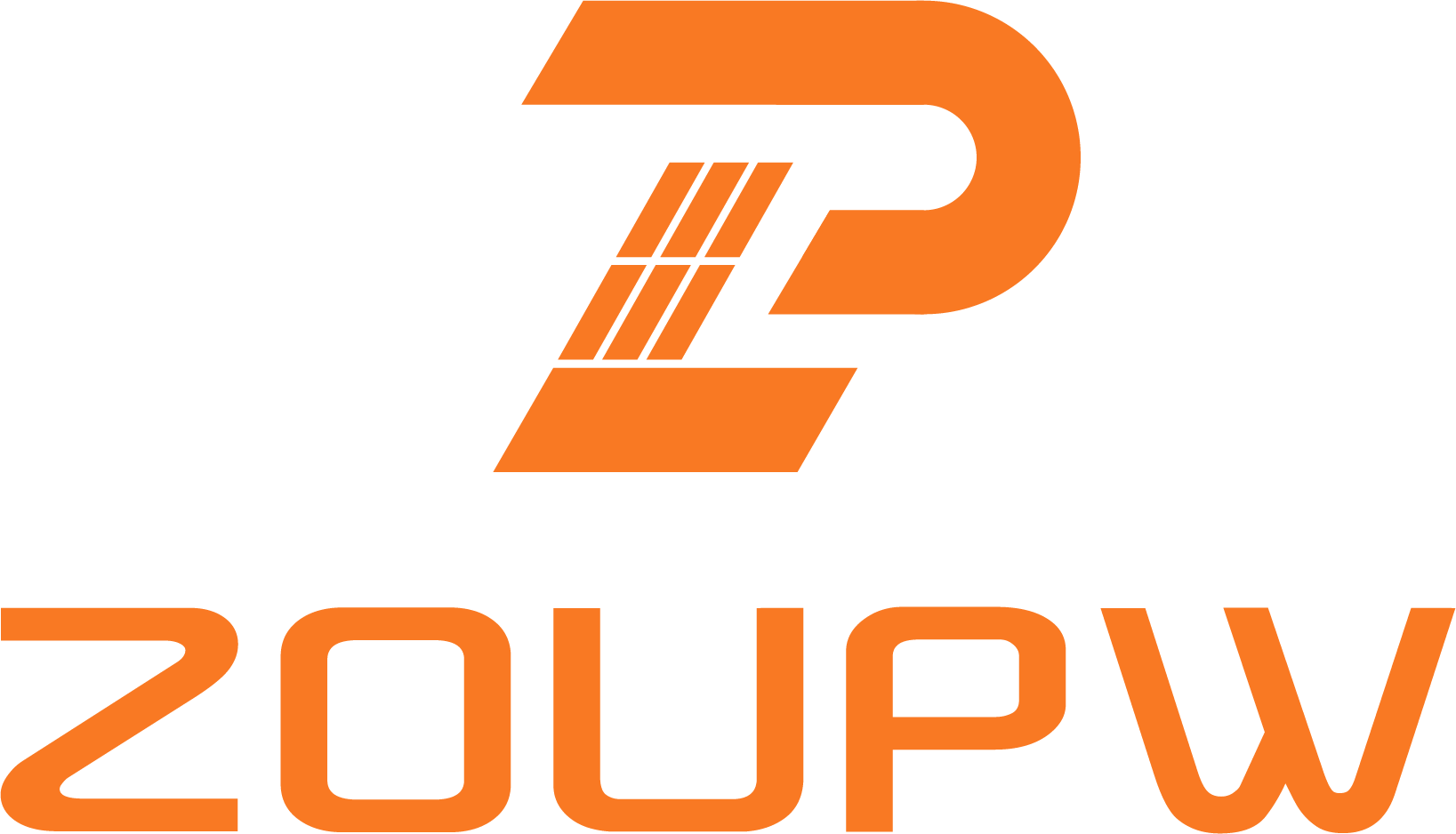ZOUPW Multi-Busbar Technology | High-Efficiency Solar Cells
ZOUPW’s multi-busbar (MBB) technology is one of the most critical innovations in modern solar cell design. Busbars are the fine metallic lines you see on the surface of a solar cell—they may look simple, but they play a huge role in how efficiently a panel collects and transfers current.
1️⃣ What Are Solar Cell Busbars?
Busbars are metallic electrodes printed or deposited on the silicon wafer of a solar cell. They form a precise grid pattern that collects and conducts electricity generated when sunlight ☀️ excites electrons and holes in the silicon material.
🔹 Types of Busbars
-
Main Busbars (Thicker Lines) → These are the primary current collectors. They gather the current from the fine fingers and transfer it to the cell’s output.
-
Fine Fingers (Thinner Lines) → These are densely packed and extend across the solar cell surface. Their job is to capture electrons generated by sunlight and feed them into the main busbars.

📌 Why Both?
-
✅ Maximum Current Collection → Improves photovoltaic conversion efficiency by ensuring more sunlight is turned into usable electricity.
-
✅ Electrical Isolation → Reduces the risk of short circuits and crosstalk.
👉 Short Circuit: A severe fault that can damage both individual cells and the entire PV system.
👉 Crosstalk: Like water pipes placed side by side, when one has strong fluctuations, it can “shake” the other. In PV systems, this is caused by electromagnetic coupling between circuits.
2️⃣ Understanding 10BB, 16BB, and More
When you see 10BB or 16BB, the number simply refers to how many main busbars (Busbars = BB) are on each solar cell.
Example:
-
16BB Solar Cell → A cell with 16 main busbars.
📊 Case Study – 450W Foldable Solar Panel (ETFE, Aluminum Frame):
-
Cell Type: N-Type
-
Conversion Efficiency: 25%
-
Cell Size: 182 × 182 mm
-
Busbar Design: 16BB
👉 More busbars = more efficient current collection + reduced resistive losses = higher power output ⚡.
3️⃣ Importance of Busbars in Solar Cell Manufacturing
Solar cells are the core component of any solar panel. Their performance directly impacts the efficiency and reliability of the entire PV system. Within the complex manufacturing process, busbar design and production are critical and technology-intensive steps.
🔑 Key Factors for Busbar Performance
-
🧪 Material Choice: High-conductivity and chemically stable materials such as silver paste.
-
🤖 Welding Technology: High-speed automatic MBB stringers and soldering machines ensure precision and quality.
-
📏 Process Optimization: Intelligent quality control systems and advanced inspection methods guarantee stable production and long-term reliability.
4️⃣ ZOUPW’s Multi-Busbar Design
ZOUPW integrates cutting-edge MBB solar technology into its products to ensure higher performance and durability:
-
⚡ Premium Conductive Materials → Excellent conductivity and chemical stability.
-
🔍 Multi-Busbar + Dense Finger Layout → Maximizes light absorption and minimizes resistive losses.
-
🤖 High-Speed Automated Welding Equipment → Ultra-fast, precise, and reliable stringing.
-
🏭 Smart Manufacturing & Strict Quality Control → End-to-end monitoring and inspection for guaranteed consistency.
✅ Conclusion
ZOUPW’s multi-busbar technology isn’t just about adding more metallic lines—it’s about maximizing the efficiency, reliability, and longevity of every solar cell 🔋. With innovations in materials, design, and intelligent manufacturing, ZOUPW ensures its solar panels deliver higher power output and long-term stability 🌍.
For anyone considering high-performance solar solutions, ZOUPW’s multi-busbar solar panels offer a future-ready choice for both residential 🏡 and commercial 🏭 solar energy systems.
シェア
